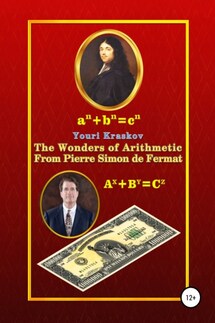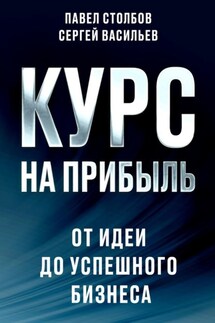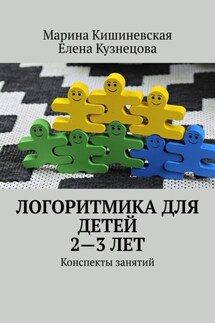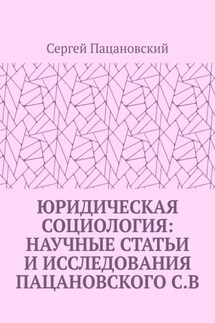The Wonders of Arithmetic from Pierre Simon de Fermat - страница 25
Well, nothing can be done here, academicians did not like Cauchy and they achieved that this general proof of the FGT was ignored and did not fall into the textbooks as well as no one remembers the Gauss' proofs of 1801 for triangles and for the same squares, nevertheless in the all textbooks as before and very detailed the famous Lagrange's theorem is given. However, after Google published a facsimile of the Cauchy proof of FGT [3], it became clear to everyone why it was not supported by academics (see pt. 3.4.2).
Pic. 20. Marie-Sophie Germain
In the meantime, scientists from around the world inspired by these grand shifts, have so perked up that they wanted overcome the very FLT! They were joined by another famous woman very well known among scientists and mathematicians Marie-Sophie Germain. This talented and ambitious Mademoiselle proposed an elegant way, which was used by at once two giants of mathematical thought Lejeune Dirichlet and Adrien Legendre to prove … only one special case of FLT for the fifth power.
Another such giant Gabriel Lame managed to do the almost impossible and get proof of the highest difficulty … of another particular case of FLT for the seventh power. Thus, the whole elitist quad of the representatives from the high society of scientists was able to prove whole two (!) particular cases of FLT [6, 38].
Pic. 21. Lejeune Dirichlet
Pic. 22. Adrien Legendre
Pic. 23. Gabriel Lame
This result could have been proud since even Euler was also able to prove only two particular cases of FLT for 3rd and 4th powers. In the proof for the 4th power he has applied the descent method following exactly the recommendations of Fermat (see Appendix II). This case is especially important because its proof is valid for all even powers i.e. to obtain a general proof of FLT only odd powers can be considered.
It should be noted that namely Euler has solved (and even significantly expanded!) almost all the most difficult Fermat's tasks and if not for him, then the name Fermat alone could cause real chills to mathematicians. But just not to Sophie Germain who was not at all satisfied the situation with the unproven FLT and she even ventured to suggest that Gauss himself should take up this task! But he simply waved away her replying that the FLT is of little interest to him and such statements, which can neither be proven nor refuted can be found as many as you like.
Of course, Gauss himself would be happy to serve this lady, but if he could do this then it would not need to persuade him. For example, with the help of the “Deductions' arithmetic” developed by Gauss, the prototype of which was the “The Fermat's little theorem”, it was clearly shown how may be to solve the most difficult problems of arithmetic effectively. In particular, only Gauss managed to find a solution to the Fermat's task of calculating two the only squares, the sum of which is a given prime number of types 4n+1 [11, 25].
A characteristic feature of Gauss is his dislike for dubious innovations. For example, he could hardly imagine himself the creator of the geometry of curved spaces. But when he established that such geometry could take place and not contain contradictions, he was very puzzled by this. He was sure that his find could not be of practical use due to the absence of any real facts confirming something like that. However, he quickly found a good way out – he just helped to publish this discovery to his Russian colleague Nikolai Lobachevsky and have done it so skillfully that no one was even surprised when a Russian professor and rector of Kazan University have published a work on non-Euclidean geometry … in Berlin and in German! In the future, Gauss' doubts were confirmed. Followers appeared and flooded science with a whole bunch of similar "discoveries".






